

With the vigorous development of e-commerce, the scale of express delivery business continues to expand, and the demand for sorting efficiency and accuracy is also increasing. In order to meet this demand, automated sorting equipment has emerged and has continuously developed and evolved over the past few decades.
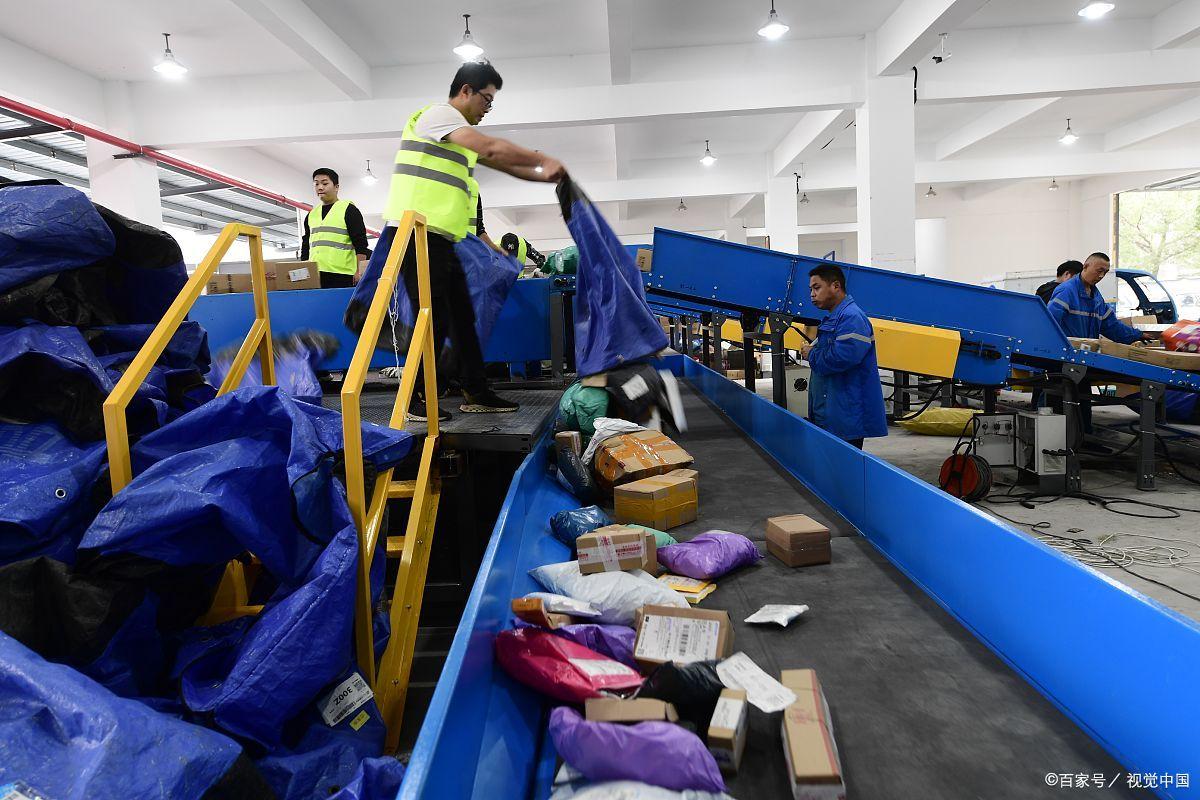
The development of automated sorting equipment in the industry can be traced back to the 1980s. At that time, traditional manual sorting methods could no longer meet the rapidly growing demand for express delivery business, so there was an urgent need for a more efficient and accurate sorting solution. The initial automated sorting equipment was based on a conveyor belt and robotic arm system, which could achieve automatic classification and sorting of express packages. The emergence of these devices has greatly improved sorting efficiency and accuracy, reducing labor costs.
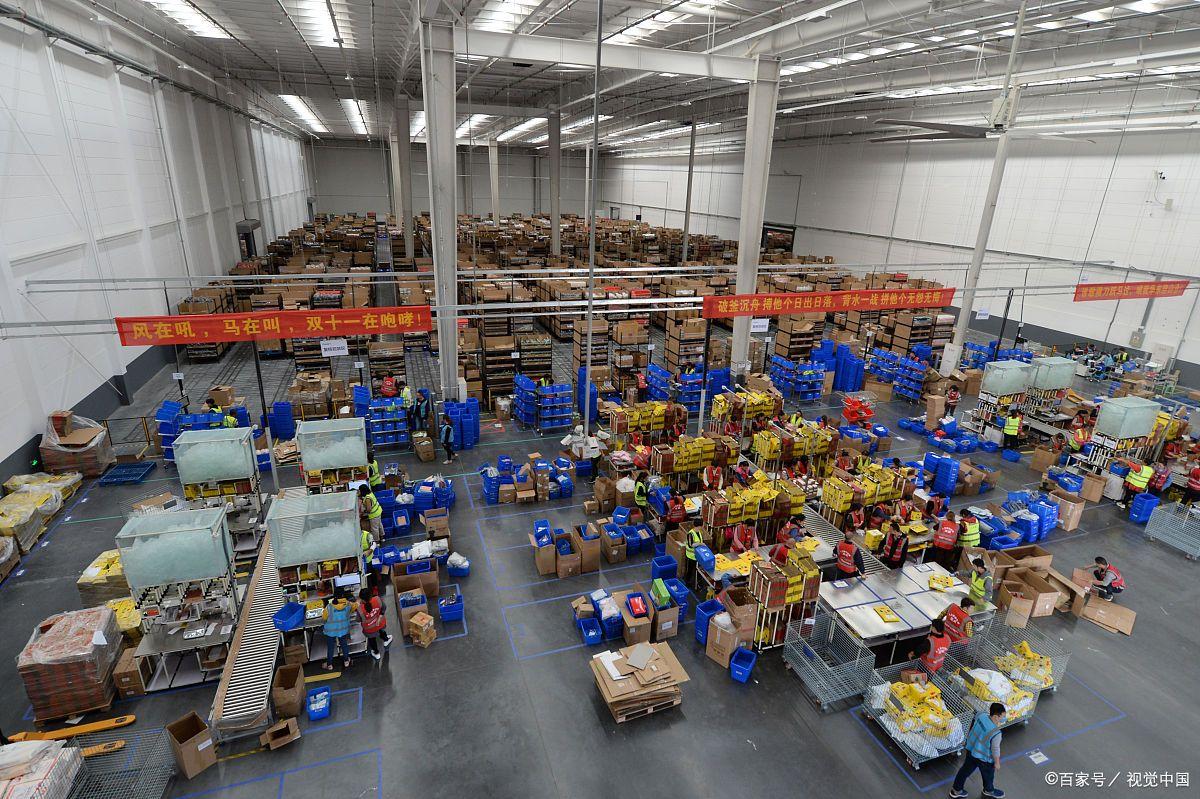
With the advancement of technology, automated sorting equipment has gradually evolved into a more intelligent form. Firstly, the emergence of machine vision systems, which utilize high-speed cameras and image recognition technology to automatically recognize the size, shape, color and other features of express packages, and classify and sort them according to set rules. This system greatly improves the accuracy and flexibility of sorting. However, it still requires manual intervention to handle some special situations, such as damaged packages or overlapping packages.
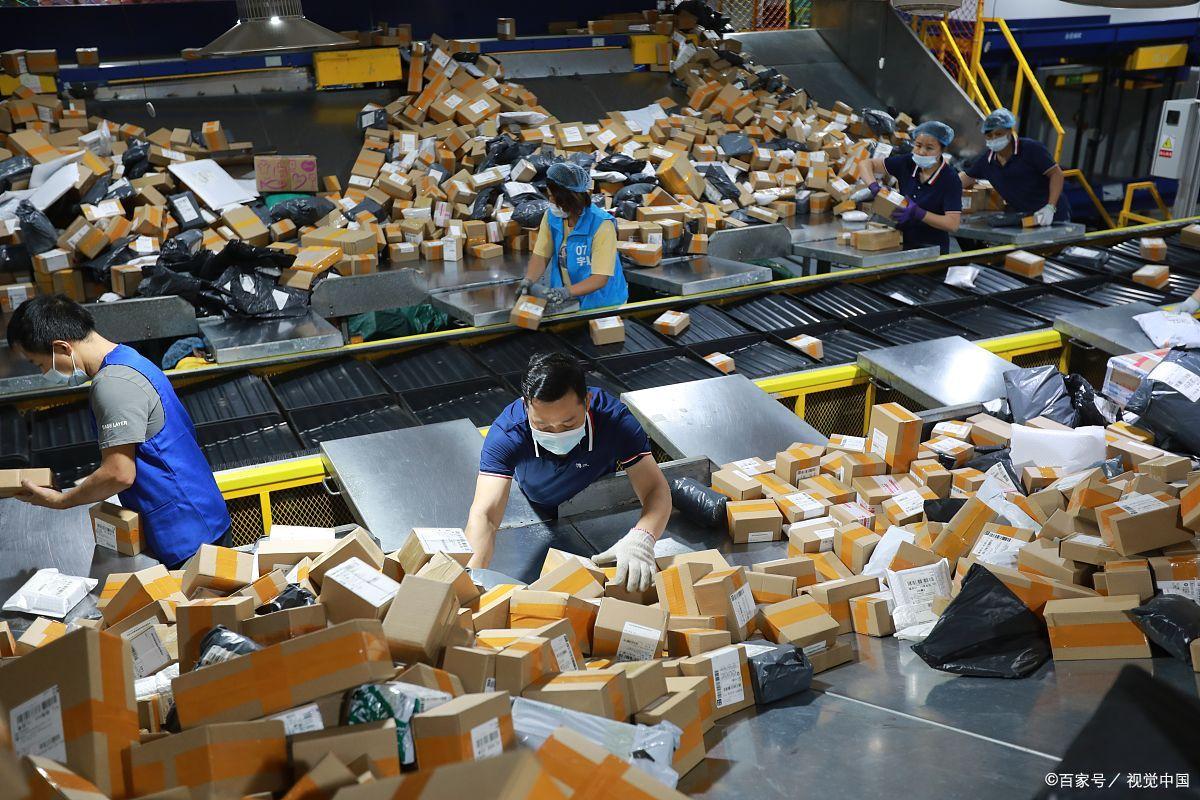
Robot sorting systems have become a new trend in automated sorting equipment. The robot sorting system can not only achieve automatic recognition and classification, but also quickly and accurately sort through a robotic arm. Robots can flexibly handle various types and shapes of packages based on pre-set rules, greatly improving the efficiency and accuracy of sorting. The robot sorting system can also be combined with machine vision systems to further improve the intelligence level of the system.
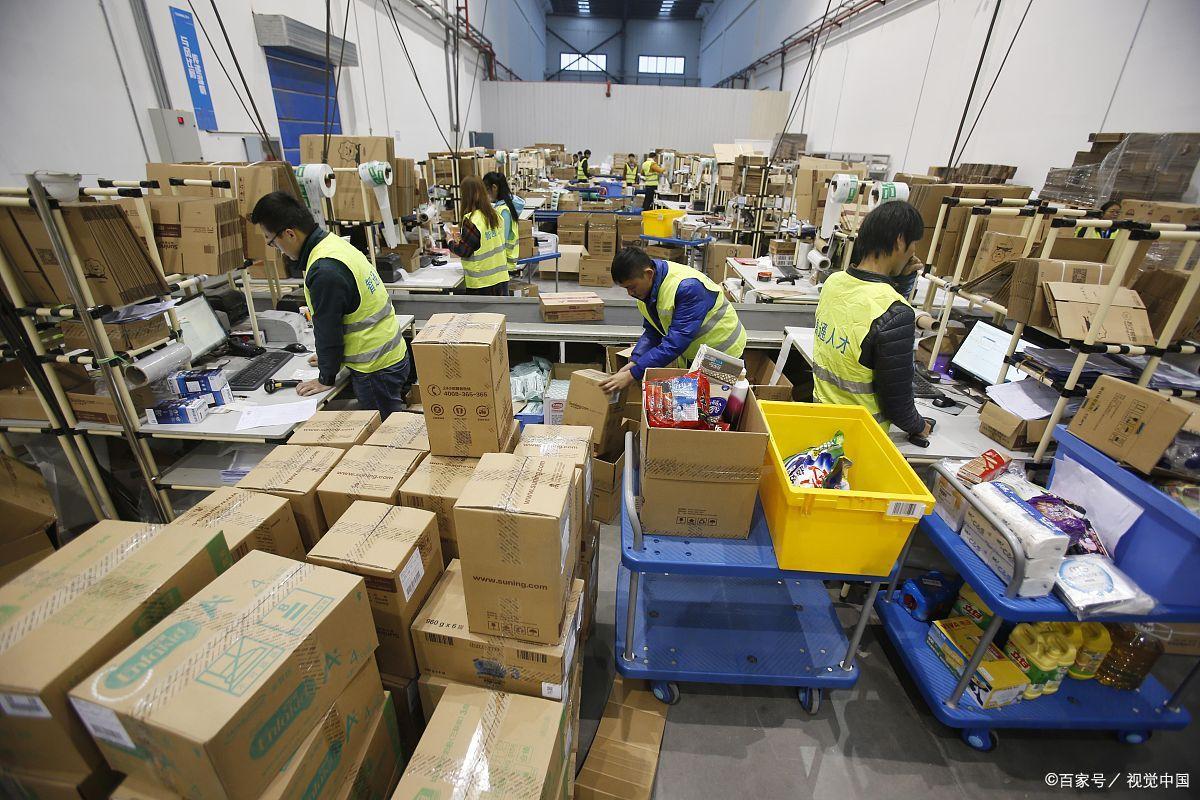
In the future, the development of automated sorting equipment will continue to move towards greater intelligence, flexibility, and efficiency. Firstly, with the application of artificial intelligence and deep learning technology, sorting equipment will become more intelligent. They can continuously improve sorting accuracy and adapt to constantly changing market demands by learning and optimizing algorithms. Secondly, sorting equipment will be more flexible, allowing for flexible adjustment of sorting strategies based on the characteristics and needs of packages, thereby improving sorting flexibility and efficiency. Finally, sorting equipment will also develop towards greater efficiency and automation. They will be able to achieve automated fault detection and maintenance, reduce downtime, and improve equipment reliability and stability.
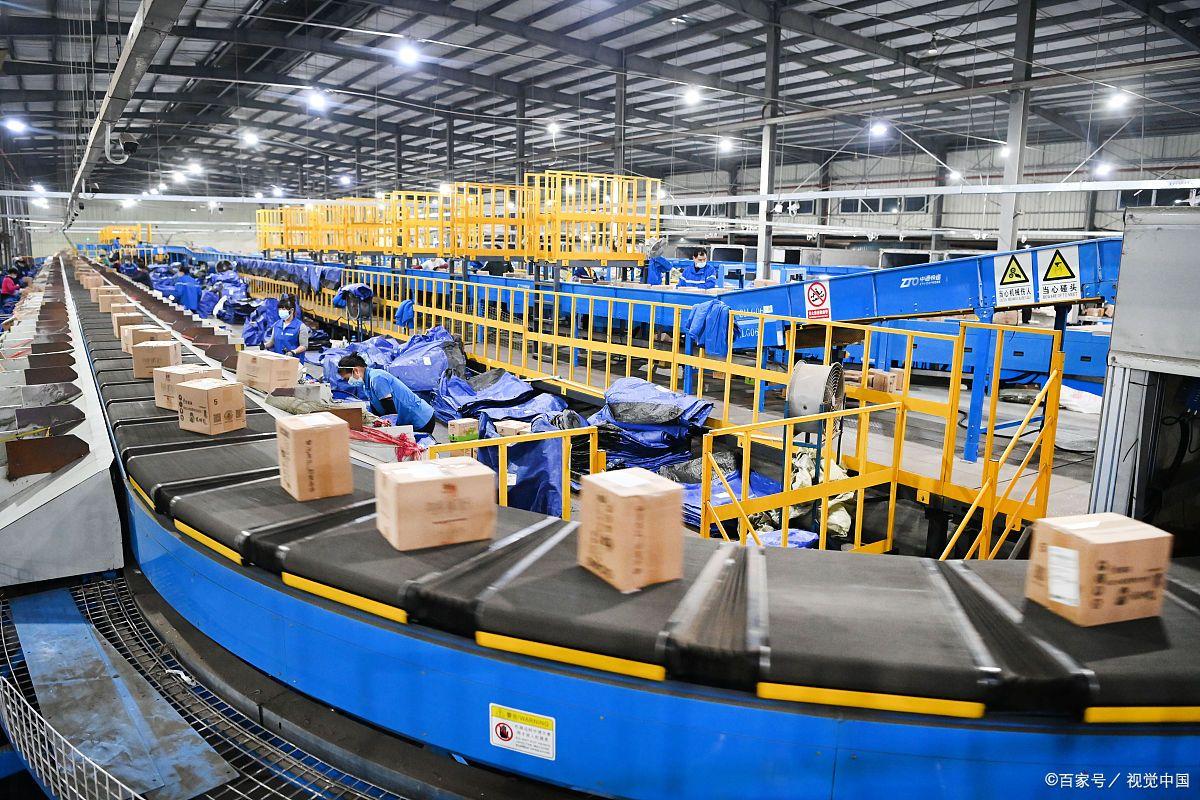
Automated sorting equipment has evolved over the past few decades from traditional conveyor belts and robotic arm systems to machine vision and robotic sorting systems. In the future, with the continuous progress of technology, automated sorting equipment will continue to develop and grow, achieving the goals of greater efficiency, intelligence, and environmental protection, and making greater contributions to the development of the logistics industry.
 Replace
Replace